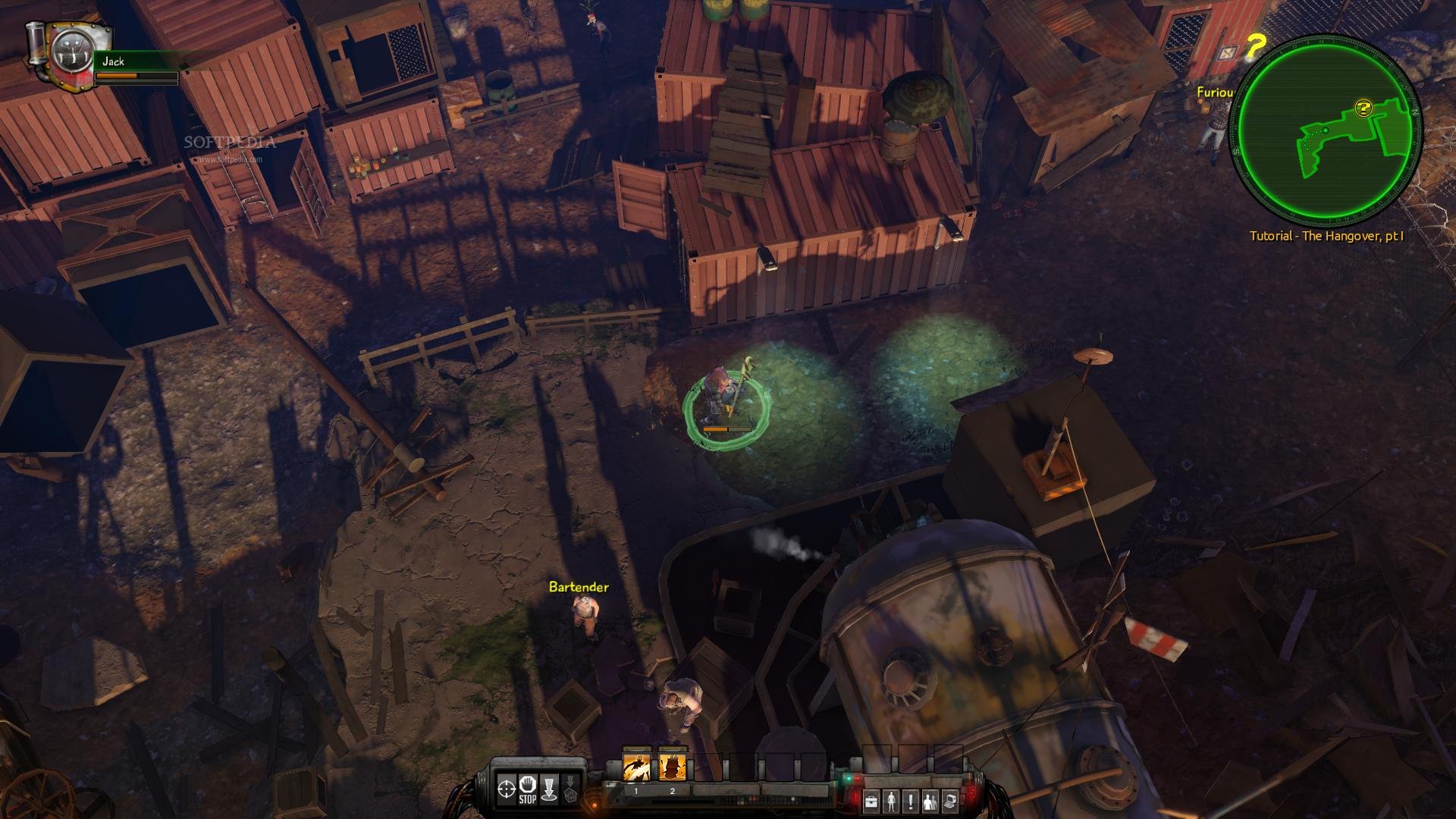

Achilles is then killed by Paris and Apollo as revenge for the death of Hector and Troilus. In the scene shown, Achilles has already wounded Hector and kills him. What is the myth behind this scene: Achilles fights Hector and is being watched by their two respective divine patrons. Who is standing on the far right: Apollo 7.

Who is standing on the far left: Athena 6. Who are the two central figures in this scene: Achilles and Hector 5. Give two other ways she can be identified: A) Her spear B) Her helmet What is she wearing around her neck: She is wearing her snake covered aegis 3. Who is the figure on the right: Athena 2. Why are these inscriptions included: It is part of narrative technique – naming the characters helps the painter show what is happening in the vase What inscriptions are found on the vase: The names of the characters/figures 2. Why is this vase shape perfect for its use: It has a larger belly and a wide mouth, so that vessels can be dipped into it. What makes this krater different to other types of kraters: The handles are different and it is also very stylised 4. What is it used for: Mixing wine and water at symposium drinking parties. This Volute Krater is the same stylistically as that amphora. This name comes from an amphora found in Berlin. Why is he identified by this name: He never signed his own name on his work, so they gave him the name ‘Berlin Painter’. BERLIN PAINTERVOLUTE KRATER A BUFFALO Presentation )ĪTTRIBUTION DETAILS 1.


 0 kommentar(er)
0 kommentar(er)
